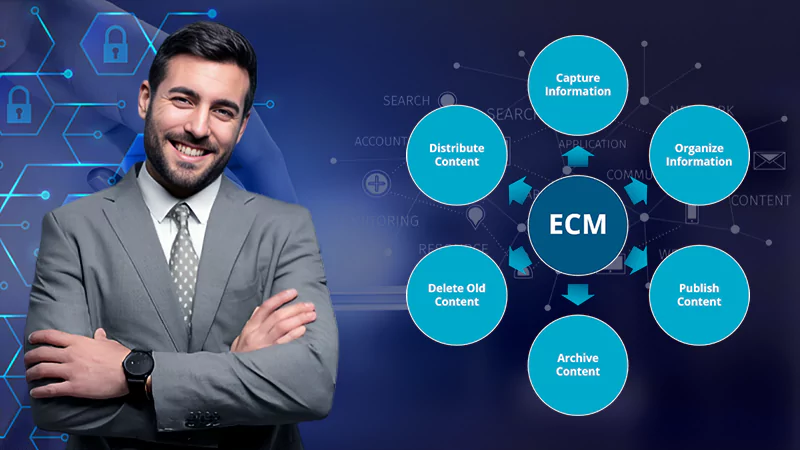4 Customer Due Diligence (CDD) Obligations for Organizations
What are the “four customer due diligence essentials for organizations” that ranks among the most FAQs nowadays? To prevent terrorist financing and money laundering, organizations are bound to conduct traditional customer due diligence processes to assess risks. At the same time, the certain process for CDD differs based on the nature of the client relationship. That’s why there exist four basic steps that every company must adhere to meet compliance obligations.

What is Customer Due Diligence (CDD)?
CDD refers to the systematic compilation and assessment of client information or prospective client provides. This procedure has immense importance, specifically for companies operating in the financial industry, as it is an essential component of Financial Crime Compliance (FCC).
To Whom Does CDD Process Affect?
CDD rule is applied to diverse entities, including securities brokers, banks, futures commission merchants, and mutual fund brokers on behalf of clients. These enterprises must adhere to the Client Due Diligence process as part of their regulatory obligations.
What are the Elements of Customer Due Diligence (CDD)?
There are four requirements or components of CDD:
Understand the Purpose and Nature of the Business-Customer Relationship
It is essential to gain precise information on the nature of the business relationship and the client’s aim for engaging with the organization. This assists in evaluating the potential risks linked with the connection.
Ongoing Monitoring for Suspicious Activities
Ongoing monitoring is crucial to detect and report any suspicious transaction or activity. It involves reviewing transaction patterns and client information regularly and executing periodic risk assessments to recognize anomalies or red flags.
Client Verification and Identification
It involves collecting and verifying the identity of the client or potential customer. It usually includes acquiring official identification documents and verifying their authenticity.
Beneficial Ownership Identification and Verification
Determining the crucial owners of an entity or client is vital to recognize individuals who eventually control or own the customer. This requirement has the goal of discovering any potential hidden ownership to control structures that can be used for illegal activities.
What are the Classifications of CDD?
There are three major categories of CDD, such as:
- Simplified CDD
- Standard CDD
- Enhanced CDD
Simplified CDD
It is enforced when the risk assessment of a client-business relationship suggests low chances of many financial crimes. The organization must recognize the client in these cases but not verify their identity.
Standard CDD
This way identifies the client by using independent or trustworthy sources. This process aims to understand the nature of the relationship between the client and the business, undertaking crucial actions based on the findings.
Enhanced CDD
It is implemented at a time of high risk of terrorism financing and money laundering, including when the client is a politically exposed person from a high-risk country. The further procedure operated for EDD may include:
- Verify the intended nature of the business association
- Seeking additional details from the client
- Constantly monitor the client’s activities
- Determine the transaction purpose
- Accumulate information about the root of the client’s assets or funds
What is a CDD Checklist?
CDD entails extra measures executed to ensure comprehensive risk assessment, specifically when dealing with PEPs. Usually, it is used when there is a doubt of heightened anti-money laundering (AML) and counter-terrorism financing (CTF) risks as part of the Know Your Customer (KYC) procedure. CDD checklists include:
- Assessing and understanding the risk profile of clients
- Acquiring and requesting supplementary information when necessary
- Accomplishing comprehensive background checks and constantly monitoring transactions.
- Collect and organize data according to regional and global compliance standards.
What are the 2 Prerequisites of CDD that Organizations Must Adhere to?
Client Recognition and Verification
The basic procedure of client identification and verification is outlined here. It is an important process that organizations in the finance industry must yield following legal requirements.
Understand the Purpose and Nature of the Business-Customer Relationship
Upon successfully analyzing and verifying the client’s identity, the next step is to assess the nature and aim of the business-customer relationship. This inspection is conducted to gain a precise understanding of the kinds of activities and transactions that the client is likely to engage in throughout the relationship. By knowing the intended scope of the client interactions, the organizations can efficiently provide their services, implementing appropriate risk management measures.
Conclusion
Customer Due Diligence is vital for companies, specifically those functioning in the financial industry, to assess risks and prevent terrorist financing and money laundering. Clinging to CDD requirements is important for compliance with regulatory obligations. The four key components of CDD include understanding the purpose and nature of business customer relationships, client verification, and identification.
Organizations must follow a CDD, including client verification, recognition, and understanding of the business-client relationship’s aim and nature. By completing these requirements, companies can efficiently eradicate risks and ensure compliance with legal standards.
Follow Us
Latest Post















